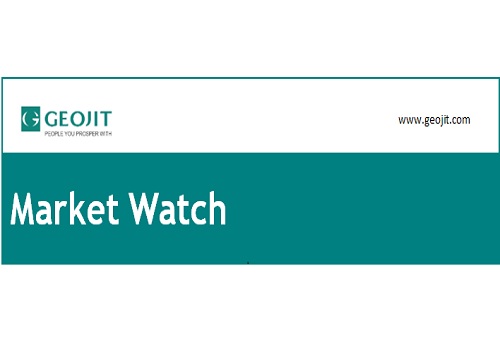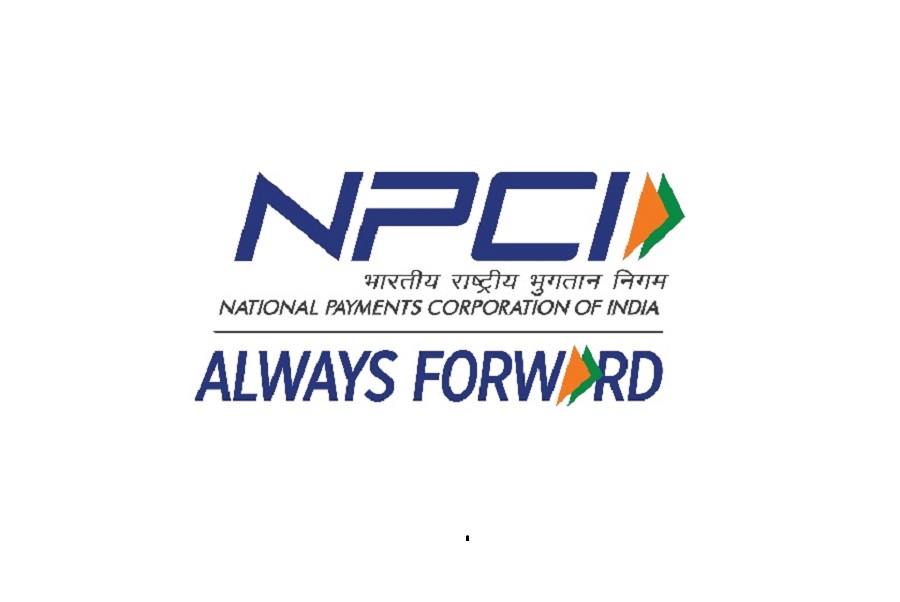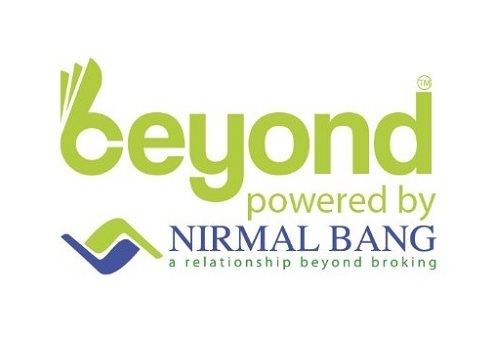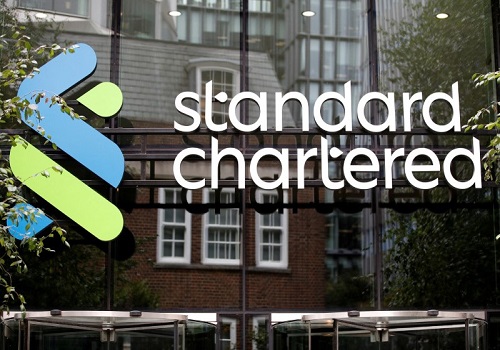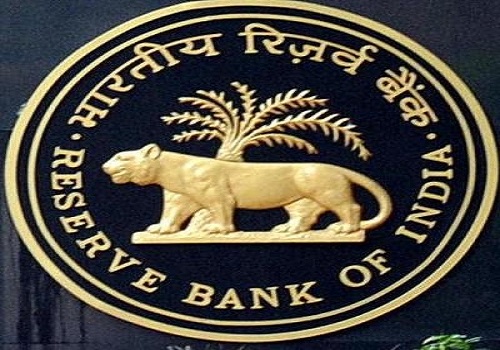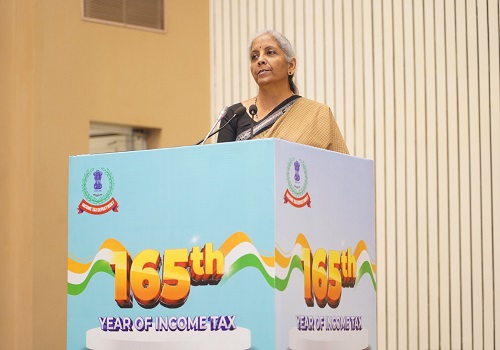NBFCs tap alternatives to grow as loans from banks slow: Crisil Ratings

Crisil Ratings has said that non-banking financial companies (NBFCs) are increasingly attempting to access funding sources beyond banks, such as through non-convertible debentures (NCD), commercial papers (CP), foreign currency borrowings (FCB) and securitisation, to continue their growth march. As per the rating agency, this follows challenges in availability of bank loans as freely as in the past after risk weights on bank lending to higher-rated NBFCs were raised last year.
A study of over 110 NBFCs rated by CRISIL Ratings, accounting for over 95 per cent of the sector's assets under management (AUM), indicates the share of bank loans in the sector's borrowings declined 60 basis points to 47 in the April-June quarter. Malvika Bhotika, Director, CRISIL Ratings, said, ‘While banks will remain the dominant funding source for NBFCs, the bond market will gain market share over the near to medium term.’ Bhotika stated that the bond market will become more attractive over the next few quarters given the expectation of a repo rate cut.
Over the near to medium term, funding diversification across resource types will remain imperative for NBFCs to continue their growth trajectory. Crisil Ratings said that diversification is also crucial to optimise borrowing cost, given bank funding has become dearer by 20-50 basis points over the past few quarters. That means NBFCs will have to keep tapping other funding avenues.

